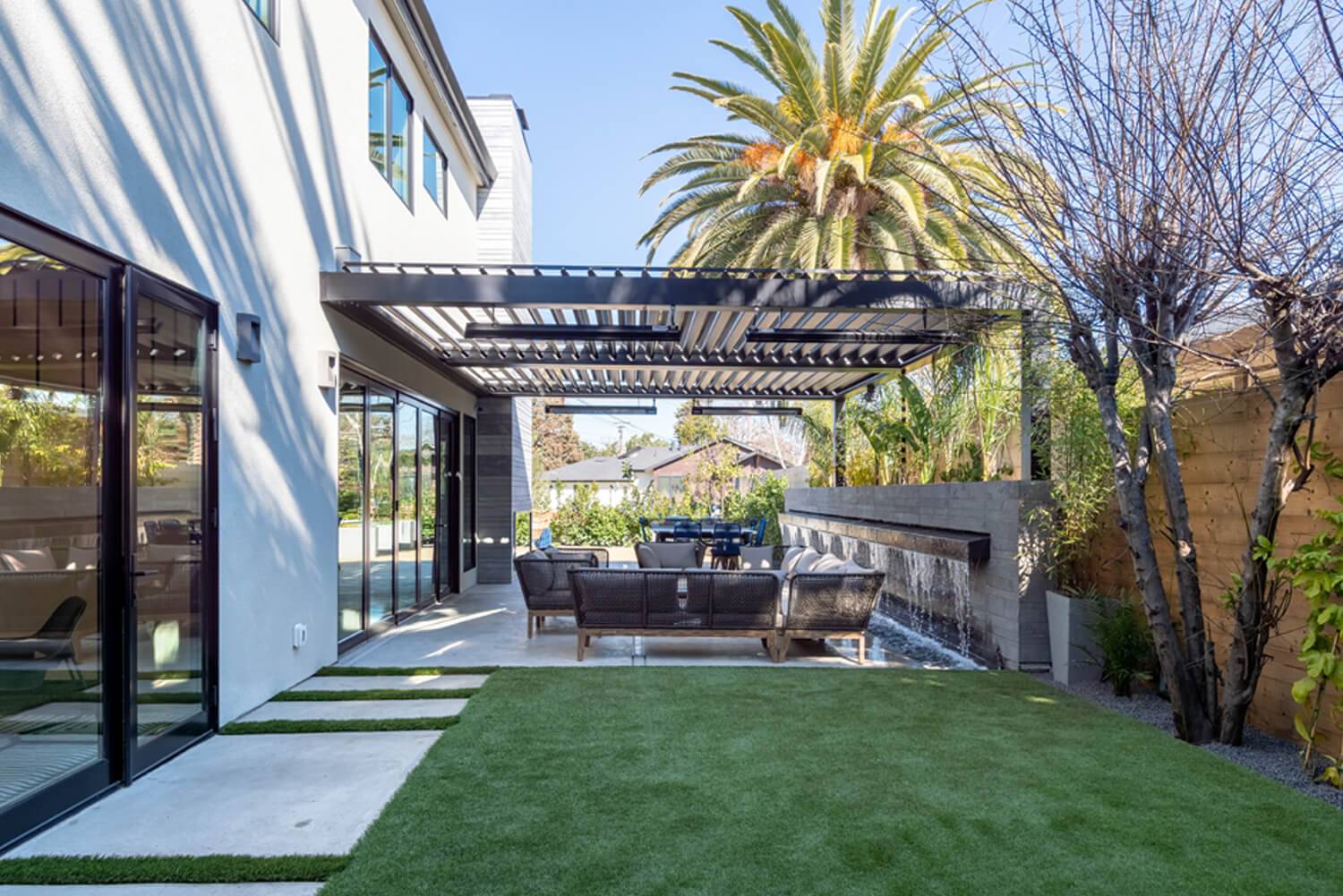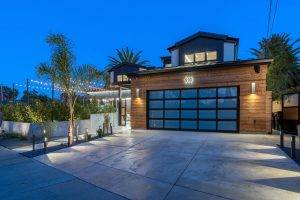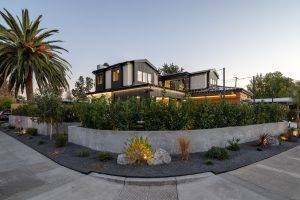Decoding The Battle Of Commercial Construction Vs. Residential Construction Menlo Park

In the bustling realm of construction, Menlo Park stands as a captivating arena where the clash between commercial and residential construction unfolds. Join us as we delve into the nuances, challenges, and rewards of these two distinct realms, shaping the city’s architectural landscape.
Key Differences Between Commercial & Residential Construction
Scale
Commercial Construction Company Atherton serves larger-scale projects and massive structures such as office buildings, retail centres, and hotels, while residential construction focuses on individual homes or smaller-scale developments.
Purpose
Commercial General Contractor Redwood City caters to the needs of businesses and industries, providing spaces for offices, retail, and hospitality, while residential construction fulfils the dream of homeownership and personal living spaces.
Regulations
Commercial construction often requires adherence to specific building codes and regulations related to safety, accessibility, and zoning, while residential Construction Company Atherton follows their own set of regulations.
Design Complexity
Commercial construction often incorporates intricate architectural designs, advanced building systems, and specialized functionalities, while residential construction emphasizes personalized layouts and features that cater to the homeowners’ preferences.
Project Timeline
Commercial construction projects typically have longer timelines due to their size and complexity, requiring extensive planning, coordination, and construction phases, while residential construction projects tend to have shorter timelines, typically ranging from a few months to a year.
Budget
Commercial construction budgets are usually substantial, considering the costs associated with materials, labor, permits, and specialized requirements, while residential construction budgets vary depending on the size, location, and desired features of the home.
Stakeholders
Commercial construction involves multiple stakeholders such as developers, investors, tenants, and government entities, each with their specific roles and interests, while residential construction primarily revolves around the homeowner and the contractor or builder.
Project Team
Commercial construction projects require a diverse team of professionals, including architects, engineers, contractors, subcontractors, and project managers, to ensure the successful completion of complex projects, while residential construction teams generally consist of architects, builders, and subcontractors.
Profitability
Commercial construction projects have the potential for higher profitability due to larger contracts and long-term leases, while residential Home Remodeler Belmont profitability may vary depending on market conditions and individual projects.
How Does Cost Of Commercial Construction Compare To Residential Construction?
Commercial construction and residential construction differ significantly in terms of cost. Commercial projects often involve larger-scale developments, complex designs, and specialized requirements, which generally lead to higher costs.
Expenses in commercial construction encompass factors such as building materials, architectural plans, permits, specialized equipment, and skilled labor. On the other hand, residential construction tends to focus on individual homes or smaller-scale projects, resulting in relatively lower costs.
Factors such as the size of the property, desired features, materials used, and local regulations influence residential construction costs. Understanding these distinctions is crucial for accurate budgeting and ensuring cost-effective outcomes in both commercial and residential construction endeavours.
How Technology Is Changing The Landscape Of Commercial & Residential Constructions In Menlo Park?
Technology is revolutionizing the construction industry in Menlo Park, impacting both commercial and residential projects. Advanced tools like Building Information Modelling (BIM) enhance collaboration, design accuracy, and cost efficiency. Virtual Reality (VR) enables immersive experiences, allowing stakeholders to visualize and make informed decisions.
Drones provide aerial surveys, site inspections, and progress monitoring, improving safety and efficiency. Robotics and automation streamline tasks, boosting productivity. Smart home technologies enhance residential comfort and energy efficiency. Sustainable practices and green building techniques are gaining momentum.
From innovative project management software to IoT integration, technology is reshaping Menlo Park’s construction landscape, optimizing processes, and delivering transformative results. Embrace the digital revolution in construction as Menlo Park witnesses the seamless fusion of technology and craftsmanship, shaping a future of innovation and sustainable development.
Conclusion
As the construction tapestry of Menlo Park evolves, the dichotomy between commercial and residential construction persists. From towering corporate structures to cosy residential havens, the city’s future is sculpted by these contrasting forces. Understanding their dynamics is key to appreciating the vibrant tapestry that Menlo Park becomes.




